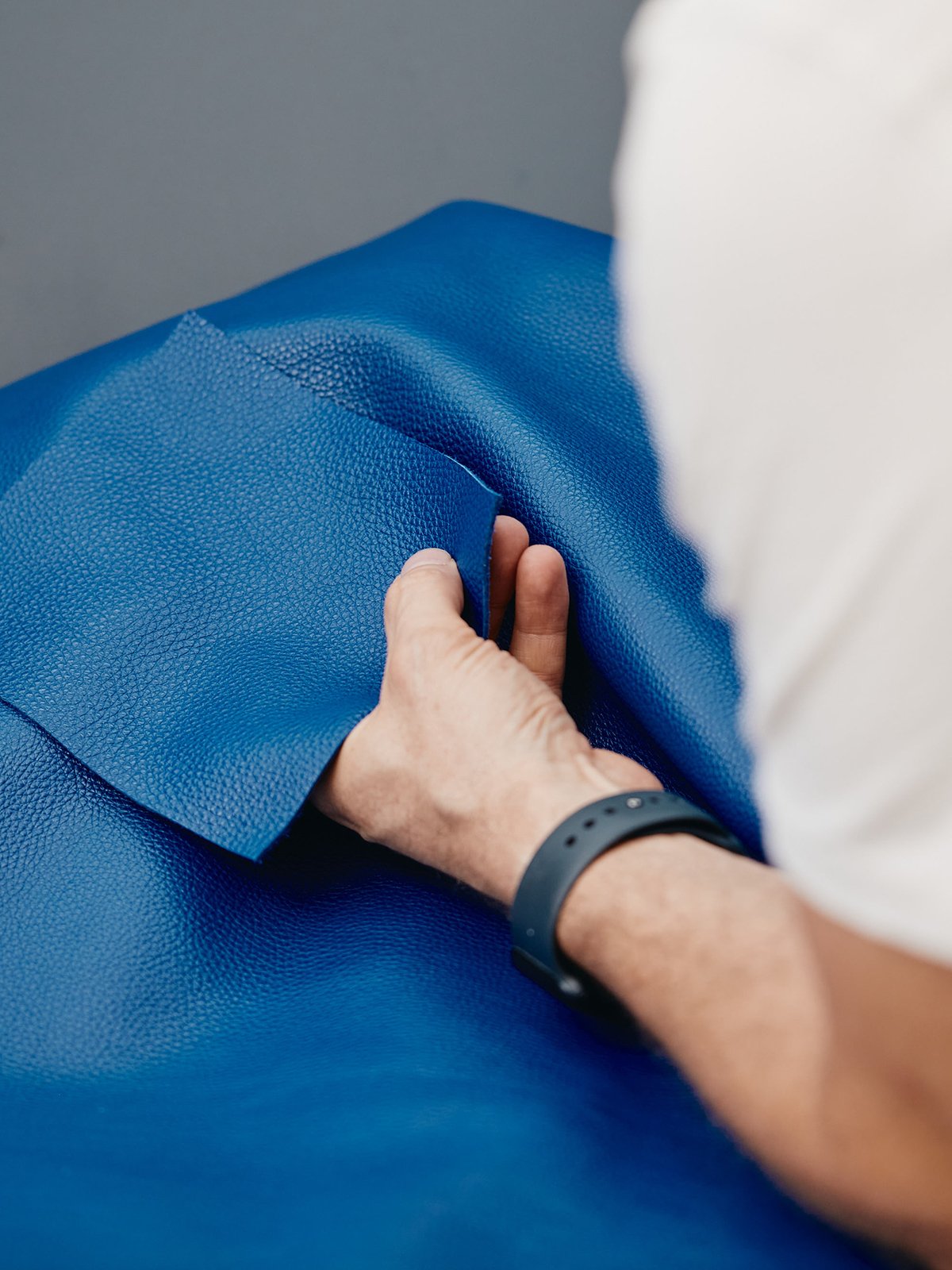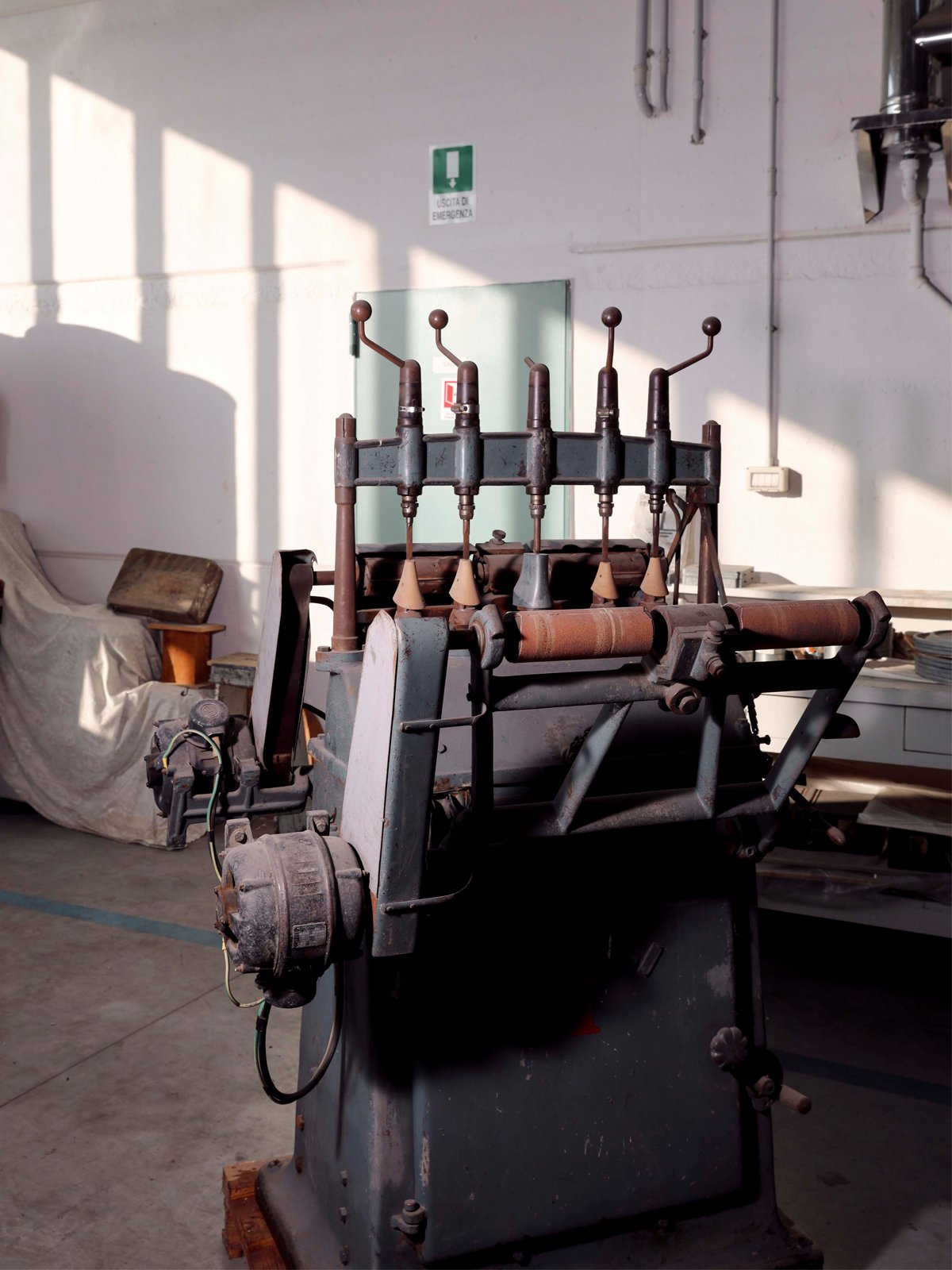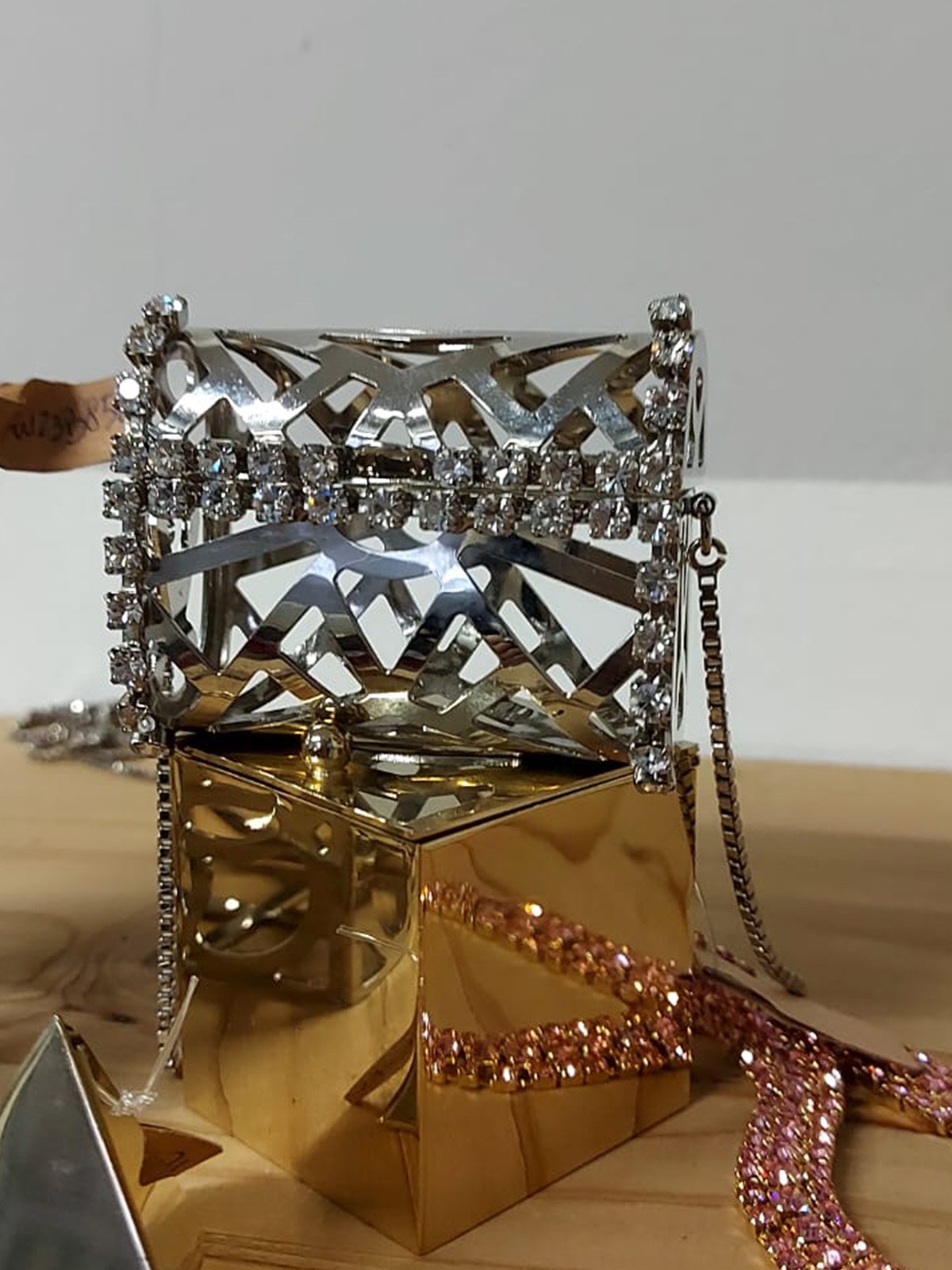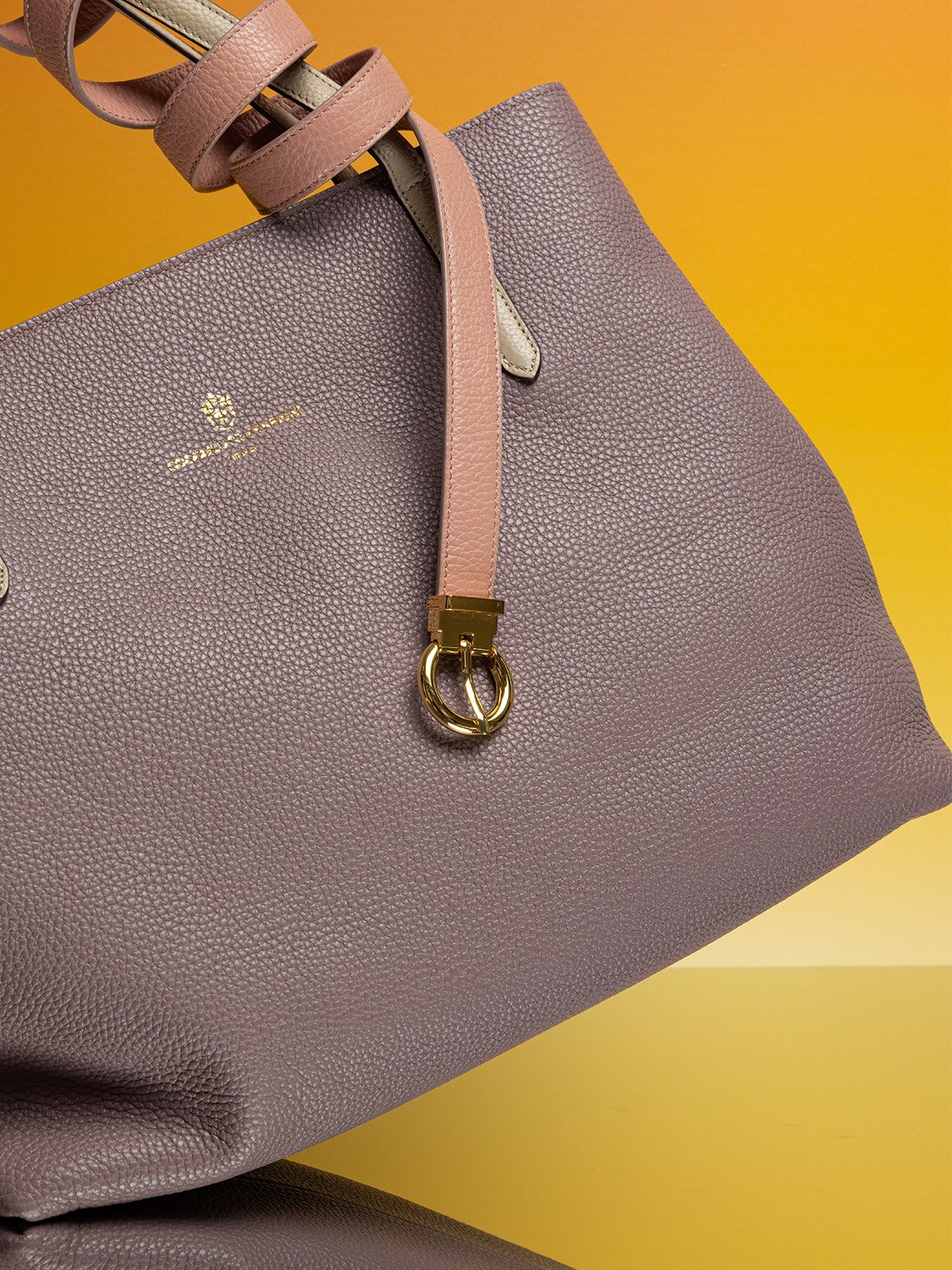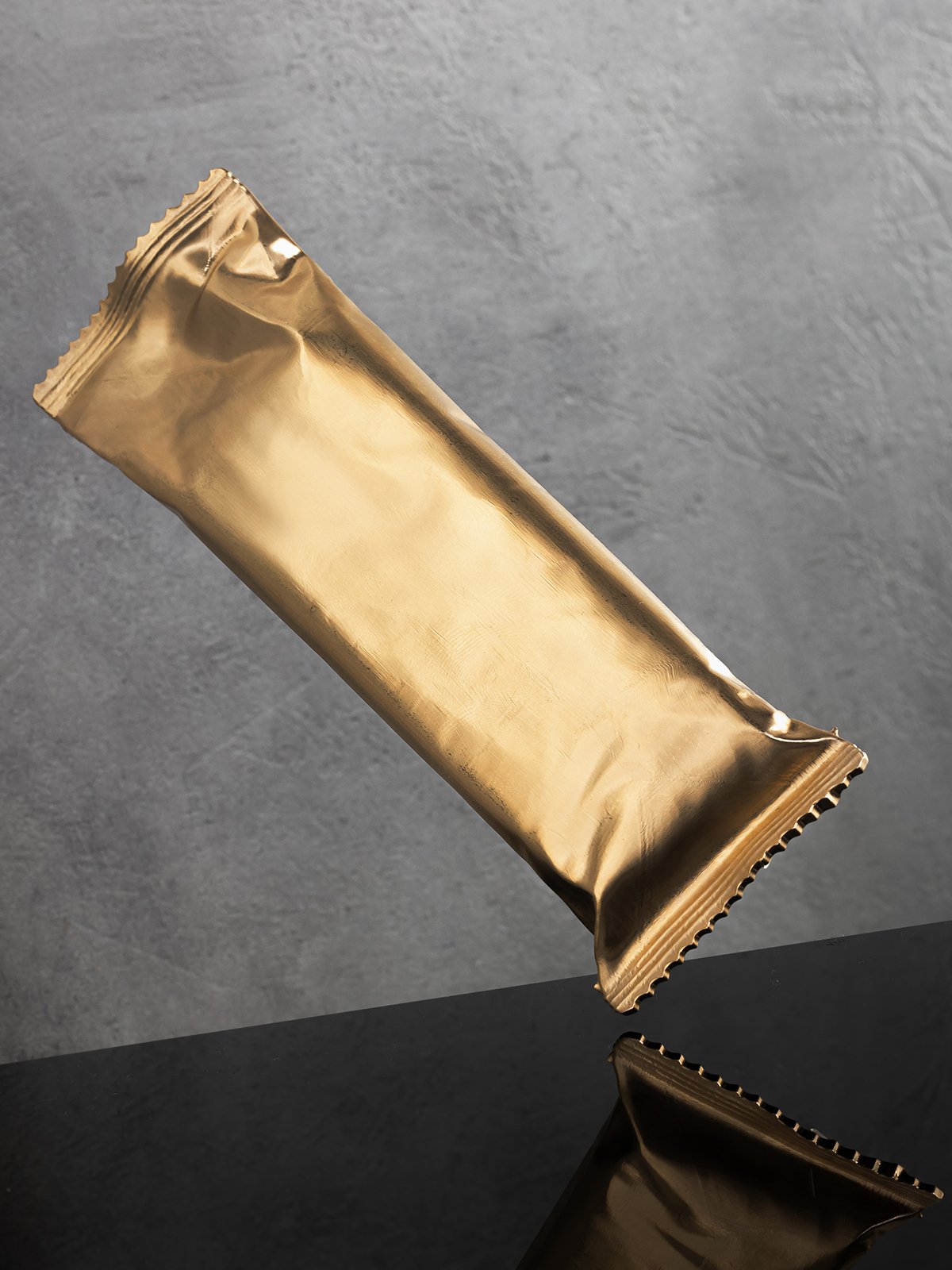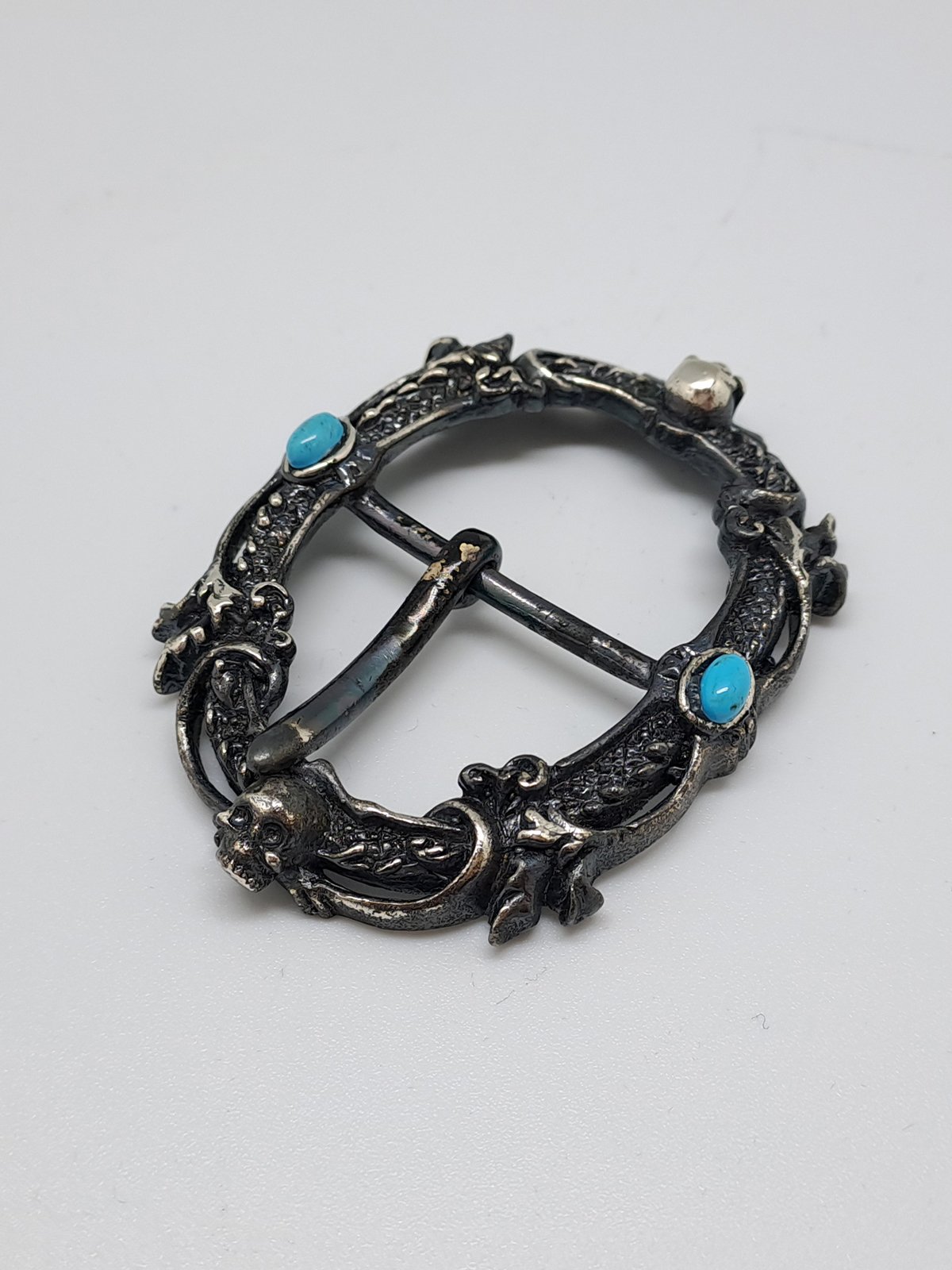News
What are tannins? Everything you don't know about vegetable tanning
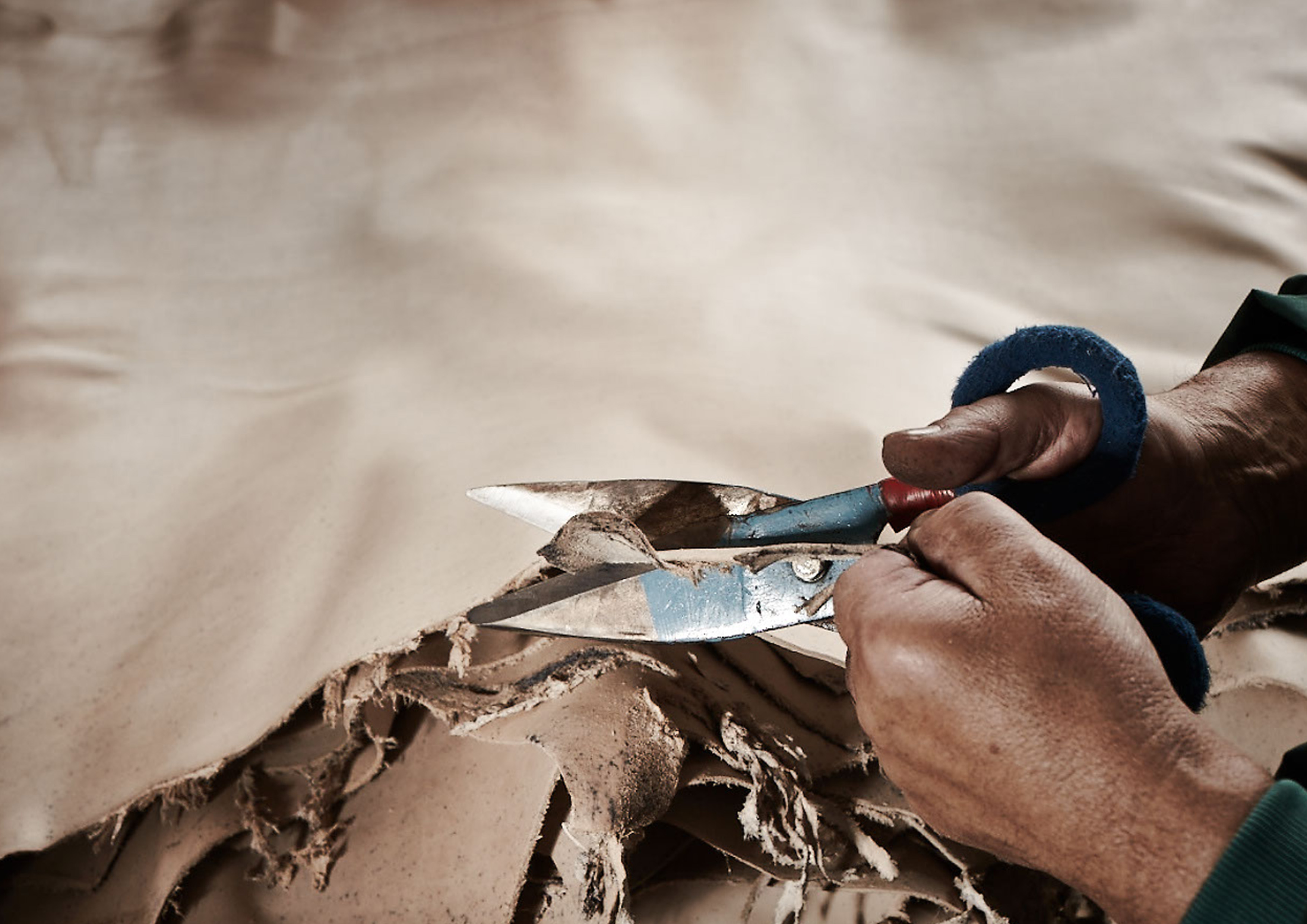
Today, the Santa Croce sull'Arno tanning district is home to 30 percent of Italy's leather production and 98 percent of national sole leather production. Vegetable-tanned leather achieves 95 percent bio-based carbon content, compared to an average of 25 percent for alternative materials derived from cactus, pineapple, apple or other types of plants. (Genuine Italian Vegetable-Tanned Leather Consortium study, conducted by Ars Tinctoria).
Vegetable tanning: how the process happens
"The vegetable active ingredient that triggers the transformation of animal dermis into a compact and resistant material is tannin. The raw hide, stripped of impurities, is placed in large rotating drums with water and powdered tannins. During the tanning phase, the tannin molecules are able to insert themselves into the interfibrillar spaces of the leather and form stable bonds with collagen, i.e., leather proteins," explains Martina Squarcini of Conceria il Ponte, a historic company that has specialized in vegetable tanning since 1961, is LWG GOLD RATED certified and a member of the Genuine Italian Vegetable-Tanned Leather Consortium.
What is Tannin? Properties, colors and characteristics
"Tannin is a natural plant substance found in wood, bark, roots, leaves and fruits. Chemically speaking, tannins are naturally occurring polyphenols produced by the metabolism of plants to defend themselves against attacks by insects, fungi and bacteria. Their protective and antioxidant properties stabilize animal skin and make it usable for a very long time. They also have breathable and antifungal properties: a vegetable-tanned leather shoe with a leather sole allows the foot to breathe, absorbs sweat and fights the proliferation of odor-causing bacteria. Vegetable-tanned leather contains no heavy metals and is often the only type of leather tolerated by people who suffer from contact dermatitis," says Barbara Mannucci, director of the Genuine Italian Vegetable-Tanned Leather Consortium.
The tannins most commonly used in vegetable tanning in Tuscany are quebracho, mimosa and chestnut extract. Tara extract or mirabolan are also used to a lesser extent.
Quebracho
Quebracho is derived from a tree that grows in northern Argentina and has a reddish color that gives the leather a warm, shiny hue. It is suitable for the production of brushed articles, as the leather containing these extracts darkens easily by friction; it is also resistant to water and weathering.
Chestnut
Obtained from the trunk of the chestnut plant of the same name, chestnut tannic extract is suitable for tanning heavy leathers, particularly sole leather, because it yields leather that is firm and compact but flexible and elastic, lightfast and with good water resistance. Its color is dark brown.
Mimosa
Extracts of mimosa from South Africa impart a characteristic pinkish color to leathers; Mimosa tannin has rapid penetration within the leather fiber and high fastness, which is why it is widely used in both leather tanning and vegetable tanning.
Tara
Tara tannin is obtained from the pods of a tree in Peru. It provides leathers with excellent properties of fullness and softness, as well as good resistance to light and heat. Its color is very light, similar to ivory, and it lends itself very well to obtaining pastel colors with pass-through barrel dyes.
Tannin-tanned leather, a true sensory experience
Vegetable-tanned leather is a living material that transforms over time and bears the marks of the wearer. Tannins do not exhaust their power the moment they are extracted from the plant, they continue to interact with the leather, changing its characteristics: leather, for example, darkens when exposed to light. The same vegetable leather accessory, used by people located at different latitudes in the world or with different living habits, will age differently.
Martina Squarcini explains how vegetable-tanned leather manages to appeal to every sense:
"It has a smell of leather and plant extracts that is immediately distinguishable from other types of tanning. To the eye, it has warm tones that bring out the natural pores and marks of the leather. Vegetable tanned leather "sings": when you run a hand over its surface it gives off a typical noise attributed precisely to this type of process. It also offers itself to an unparalleled tactile experience, is compact and flexible and pleasant in its texture."




